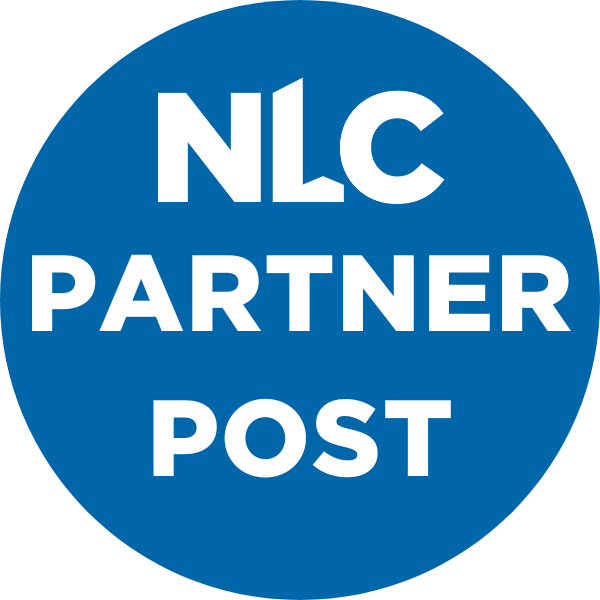Authored by Chris Fabian, Senior Director of Product Strategy, Tyler Technologies
Amid tightening budgets and rising demands, local governments and school districts are turning to artificial intelligence (AI) to revolutionize their budgeting processes. By leveraging AI tools, these agencies are discovering new efficiencies and funding opportunities that align resources with community priorities and save money.
Budgeting in Times of Resource Scarcity
Budgeting with limited resources is one of the biggest challenges facing local governments. Making informed decisions about funding allocations is even more daunting when faced with resource scarcity, stagnant budgets and the strains of a changing workforce.
Traditional budgeting methods, including across-the-board program cuts without regard for prioritization and resource allocation based on current trends, have failed to lead to informed, effective decision-making. Answers to questions such as how funding streetlighting improvements relates to a city’s priority of reducing crime, for example, are simply out of reach.
Agencies struggle to make informed decisions without the context necessary to connect line-item expenditures with programs and community outcomes. Such line-item budgeting has led forward-thinking programs such as climate action, infrastructure, cybersecurity and safety to go unfunded. Additionally, governments still mired in traditional budgeting methods can be increasingly burdened by a shrinking workforce, with tech-focused Generation Z workers, who lack institutional knowledge, overtaking Baby Boomers.
Moving from line-item budgeting to a priority-based method has allowed small and large government agencies to create new partnerships, identify efficiencies and pinpoint priority programs. By meeting the needs of their communities and focusing on societal goals, municipalities across the country are focused on the horizon.
Real Data for Resource Allocation
As I shared in a recent Tyler Tech Podcast episode, Tyler’s Priority Based Budgeting is a driving force behind this transformation, providing a handy lens to ensure that we can thoughtfully question where all the money goes today and ensuring that we can find ways to reallocate it toward the underfunded priorities that always are in need of additional resourcing.
In Priority Based Budgeting, AI and machine learning are employed to make complex budget data actionable across the public sector. This technology helps communities find efficiencies and make predictions for reallocating resources using a priority-based budgeting model. The result allows agency leaders to put their money where their motivations are — that is, to align government resources with a community’s highest priorities.
Priority-Driven Budget Solutions
The rise in the number of priority-based budgeting success stories reveals that when agency leaders use priority-driven budget solutions, the impact can be transformative:
- When Pittsburgh, Pennsylvania was struggling to maintain core services during COVID, implementing a priority-based budget model allowed city leaders to identify $41 million in resource reallocation and new revenue. As a result, they were able to free up funding for a climate action plan, fulfilling aspirations to focus on the future.
- In Washington County, Wisconsin, County Executive Josh Schoemann took the lead in reallocating 15% of his small county’s entire operating budget using a priority-based budgeting framework. This effort turned government-dependent Parks & Recreation into a 100% self-sustaining department.
- Fort Worth, Texas has future-proofed its budgeting process by focusing on individual programs rather than traditional line-item expenditures. By evaluating programs against multiple criteria, such as mandate requirements and revenue potential, the city aligns its financial resources with strategic priorities like public safety and infrastructure needs.
Easing the Lift of Budgeting
AI modeling significantly eases the lift of program budgeting, helping local governments as they recover from pandemic-era workforce shortfalls. By analyzing massive data sets, AI uncovers patterns and makes logical connections between programs and priorities. This AI-driven approach allows agencies to manage the budgeting process effectively despite limited human resources. It also compensates for the loss of retiring baby boomers while attracting Gen Z workers who are drawn to cutting-edge technology and data-driven decision-making.
And when government agencies put priority-based budgeting to work in their communities, it provides the added benefit of transparency. Tyler’s Priority Based Budgeting supports a transparent budget-development process, showing that investments are made thoughtfully and in alignment with strategic priorities.
Ushering In a New Era
Priority-based budgeting is poised to become the new standard for state and local governments across the country. By embracing priority-focused budget reallocation, government leaders can look to the future of their communities with confidence and renewed excitement, even in the face of resource scarcity.
Visit the NLC Strategic Partnerships page to learn more about the organizations like Tyler Technologies dedicated to making NLC the premier resource for local governments









